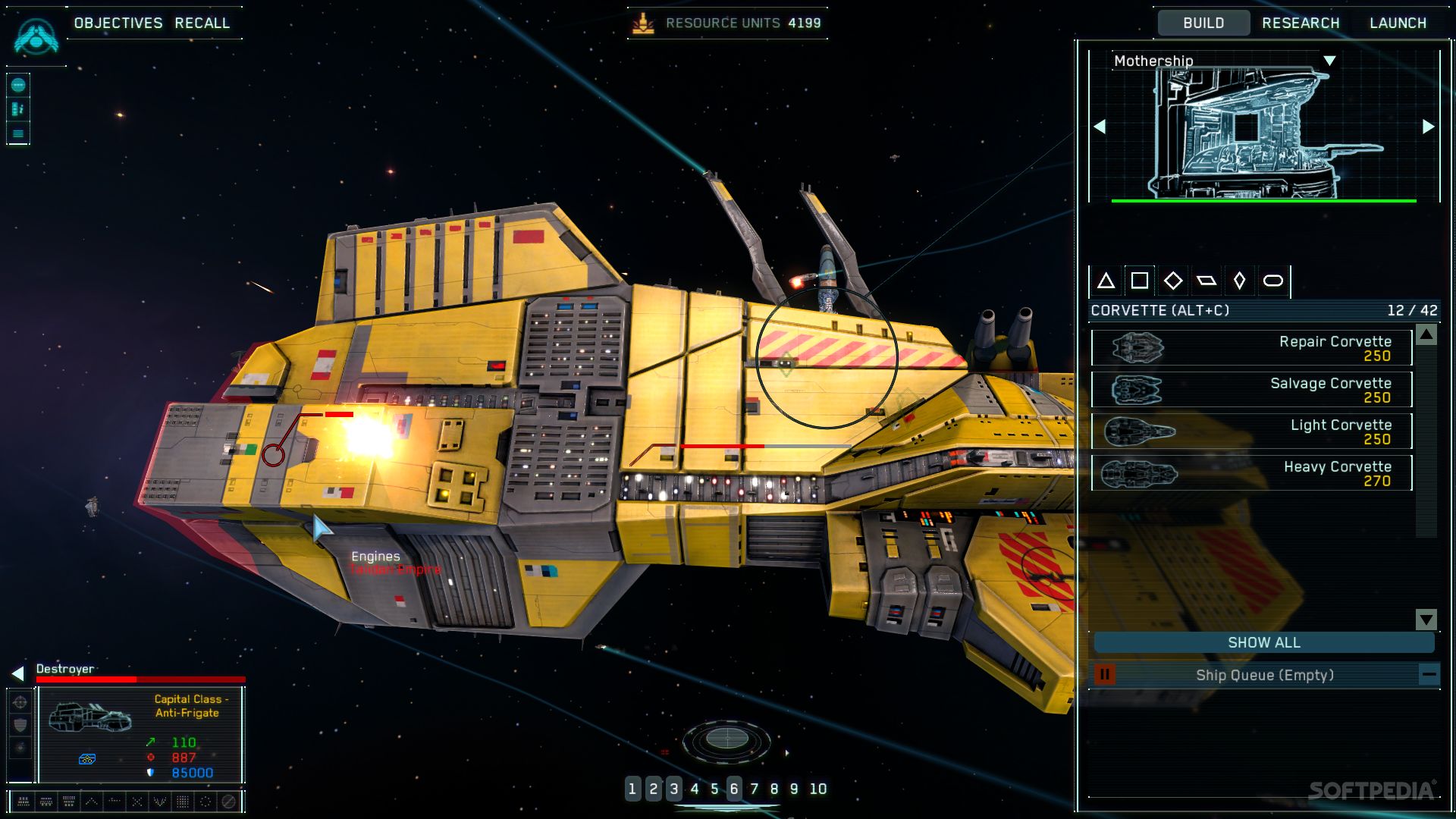
Of course, if you've played the first two games you know that the plot is just an excuse to get everyone into space. But why the sudden desperation? An early overture explains that the planet Kharak is increasingly engulfed in desert, but almost nothing is said about how-or why-our heroes are best equipped to stop it. They want it badly enough that they're willing to start a war with anti-spaceflight fanatics to get it. Instead of searching for a home, the mostly unseen protagonists are seeking a vaguely important artifact at the desert's heart. This time around, the "Great Banded Desert" takes the place of the endless cosmos, and the salted wasteland serves as a smart, grounded approximation for the desolation of space. Of course, that doesn't stop the Deserts of Kharak’s plot from trying to emulate the original Homeworld games anyway.

There's not enough room for Deserts of Kharak to make use of its one wide tether to the games it takes its name from. There's too little time to make mistakes, to fall in an economic hole only to dig your way out again. When you finally did complete the circuit, it felt like your crew had only skidded by on duct tape and amphetamines.Īt just 13 missions long Deserts of Kharak doesn't give itself much time to pen that same sort of story. The deeper you poked the more tenuous the situation seemed. In the original Homeworld games, you were alone in the big emptiness of space. Every loss-every second spent micromanaging conflict and harvesting-weaves a story of desperation. The same goes for any losses that you incur, which makes every skirmish matter. Resources, vehicles, upgrades, and other elements developed in one mission can still be carried over to the next. The technology is still flat, broad, and lifeless in a familiar way, just as the Battlestar Galactica reboot aped as much of the series' sense of style. The music still swells with drums, strings, and the Armenian duduk (I'll admit I had to Google that last one). While the environment and style of strategy has changed, quite a lot of what makes Homeworld recognizable still remains. Here, tanks and mobile railguns take the place of interceptors and bombers, though the latter pair does make an in-atmosphere appearance here and there.

Deserts of Kharak, as the name implies, takes place during their planetside exile. That game began with the lost Hiigarans taking their first fledgling steps into space after millennia of grounding.

That’s truer than ever with Deserts of Kharak, because this new standalone game is actually a prequel to Homeworld, the original seminal space fleet strategy sim that Relic released back in 1999 (not to be confused with the recently Remastered re-release). In the case of a Homeworld game, however, length can be a critical factor. The addition sent a small, clear signal: "Here's a thin excuse to play again on a higher difficulty." I'm not normally one to fetishize a game's length, as has been recorded on this very site numerous times. Game Details Developer: Blackbird InteractiveĪs soon as I saw optional star ratings being given for my performance on each mission in Homeworld: Deserts of Kharak, I was dubious about the campaign's length.


 0 kommentar(er)
0 kommentar(er)
